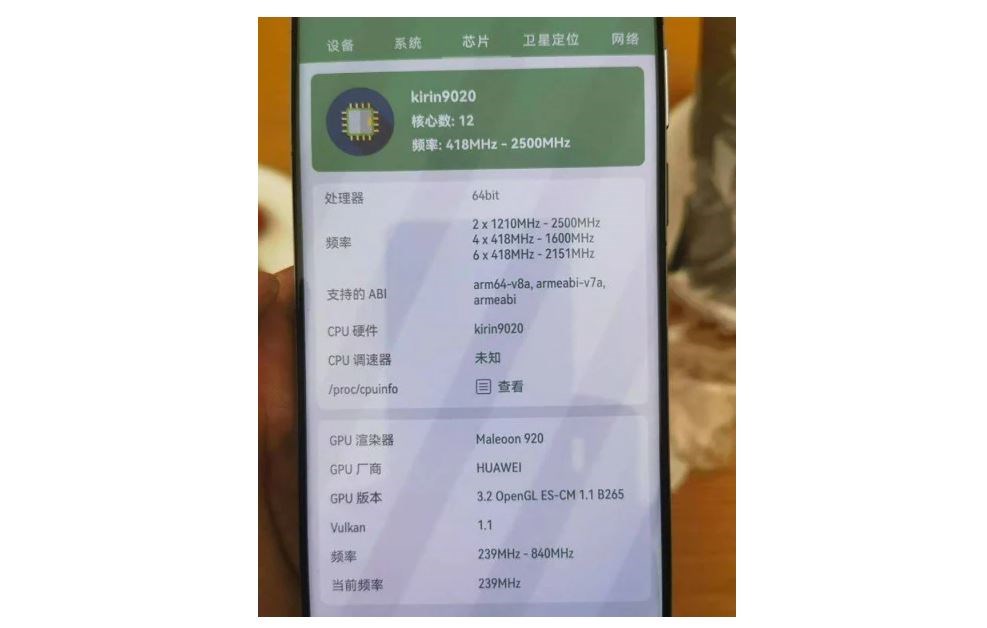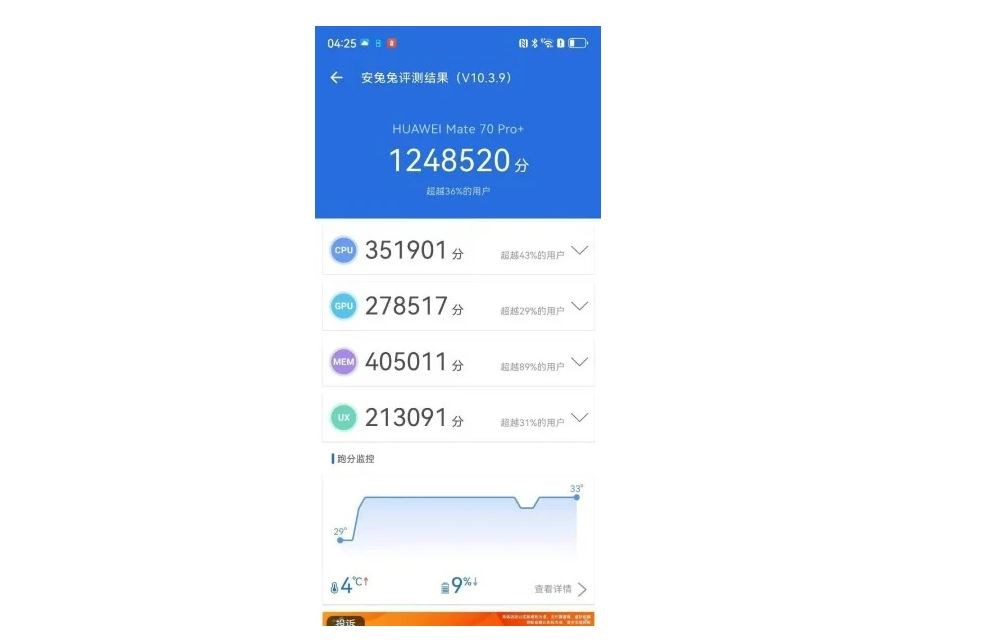Huawei new flagship Mate 70 series introduced it but did not share much information about the chipset of the device. In previous rumors, a processor called “Kirin 9100” with eight ARM Cortex cores was mentioned. However, new information from China shows that this expectation is different. Images shared on Weibo show the Mate 70 series “Kirin 9020” It confirms that it uses a new chipset called This naming is not surprising, because the previous model, the Mate 60 series, was equipped with the Kirin 9010 chipset.
It is stated that Kirin 9020 has a 12-core processor. This processor includes two 2.5 GHz main cores, six 2.1 GHz mid-range cores and four 1.6 GHz efficiency cores. However, it is stated that this core design may be a result of hyperthreading technology. Hyperthreading allows creating two logical cores for each physical core. For example, Kirin 9010 While the physical core layout was 1 + 3 + 4, thanks to hyper threading, this structure took the form of 2 + 6 + 4 logical cores. Kirin 9020 is thought to use a similar technology.
It is stated that in the new processor, HiSilicon’s own developed Taishan CPU cores are used for the upper two clusters, while the four efficiency cores are as in the previous series. Cortex-A510 It is estimated that it is based on The graphics processing unit (GPU) draws attention with its own design, which the company calls Maleoon 920. This GPU can run at a maximum speed of 840 MHz, offering a significant increase in the Kirin 9010 over the Maleoon 910 model (which is clocked at 750 MHz). However, details such as the architecture of the GPU and the number of processing units have not been shared yet.
In AnTuTu performance tests, Mate 70 Pro+ It was revealed that the model received 1,248,520 points in total. While this score doesn’t match the performance of Qualcomm and MediaTek’s latest flagship chipsets, it is an improvement of around 30% compared to the 979,511 score of the Mate 60 series using the Kirin 9010.
This news our mobile application Download using
You can read it whenever you want (even offline):




